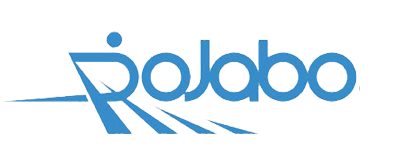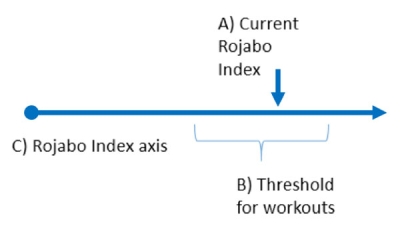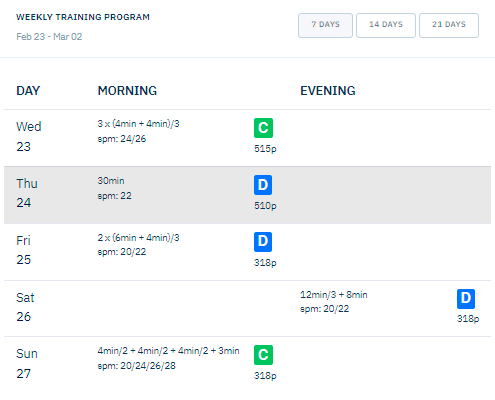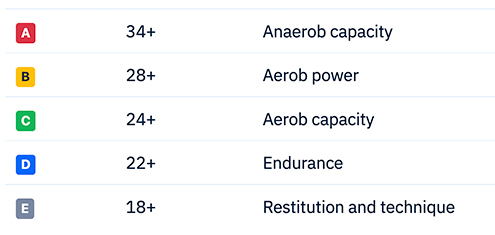The Rojabo Meters, points and categories
Are you just a tiny bit curious about knowing what your potential in a 2K race could be?
Have you been in doubt about, which stroke rate to use during a 2K if you did it today?
Well, lots of rowers are, so you are not alone.
The Rojabo Training Program helps find the potential maximum and optimal stroke rate during a 2K race if you were to race today.
Let us explain what the numbers behind Rojabo Meters really mean and how you can use them to motivate yourself.
First, the Rojabo Index
When selecting workouts for your training plan, we need to consider your current level of fitness. How long can you effectively train for? Most people with some extra willpower can hang along to a workout over their limits, but it’s not going to help them in the long run. We select workouts from a threshold of workouts, that push your limits, not too much, not too many but the amount that you need to improve your fitness. You get workouts that fit precisely into the physiologically correct training models so that you can perform your best on the day that you want to peak.
Each rower who signs up for a Rojabo Training program gets a Rojabo Index calculated for them. The Rojabo Index indicates your current level of fitness. Use it to compare and understand the intensity of different workouts, which all have points associated with them.
Below, illustrated how we use the Rojabo Index to find the workouts within the threshold.
A) is the current fitness level,
B) is the threshold for finding the workouts, and
C) is the axis for Rojabo Index.
For comparison, an elite rower at the Danish National Team has a Rojabo Index between 850 and 950.
The second indicator is the Actual Max
The Actual Max indicates the estimated current max for a 2K if you raced or took the test today. You should be able to keep the pace by using the Optimal Stroke Rate and the corresponding power we have calculated. It is shown next to the Actual Max.
The third indicator is the Potential Max
It is good to have something that keeps you motivated to keep on training. A goal can be a race or event or just the knowledge that you could actually row 20-sec faster if you trained for it for the next 3 months if you stick to a plan.
We estimate the Potential Max – what you could achieve if you trained and followed a plan long enough to increase your Rojabo Index to around 600-800 depending on your stroke power.
Points
The lower “p” points indicate a combined intensity of hardness and length for the workout in total. Over time you will get a sense of how hard a workout will feel before performing it. If the Rojabo index is 600 and the workout you are about to complete is 700, it indicates that the workout is harder than the current level of fitness and you will feel it as a tough workout.
The idea behind measuring a combined intensity of hardness and length had its basis in a workout: 60 minutes in spm 20. This workout is pretty hard, even though the rate is only 20. We gave the feeling we had after rowing the workout an indicator of 1000 points. From here, we started to register the feeling of hardness after each outing.
Using the points as a feeling indicator, we could now prepare rowers for their daily training, help them prepare for their workout, and compare the hardness of different workouts they completed.
Categories
Rojabo uses five categories, A, B, C, D, and E. The category indicates the type of training you will be performing.
Category A: spm +34 Anaerobic Capacity – Training above this pace is for muscle capacity/anaerobic training.
Category B: spm +28 Aerobic Power Training, less than the intensity of 2 km test/competition (ergometer)
Category C: spm 24+ Aerobic Capacity Training at the intensity just below that of the 60-minute test pace.
Category D: spm +22 Endurance Training. Steady-state and strength.
Category E: spm +18 Active Recovery Pace – recovering from races or tests, restitution, and technique. Row with 10-15% less pressure than your power guide instructs you to.
To help you achieve your goal, we find the right mix of workouts to complete at the right time so that you are prepared on the day of your race.




